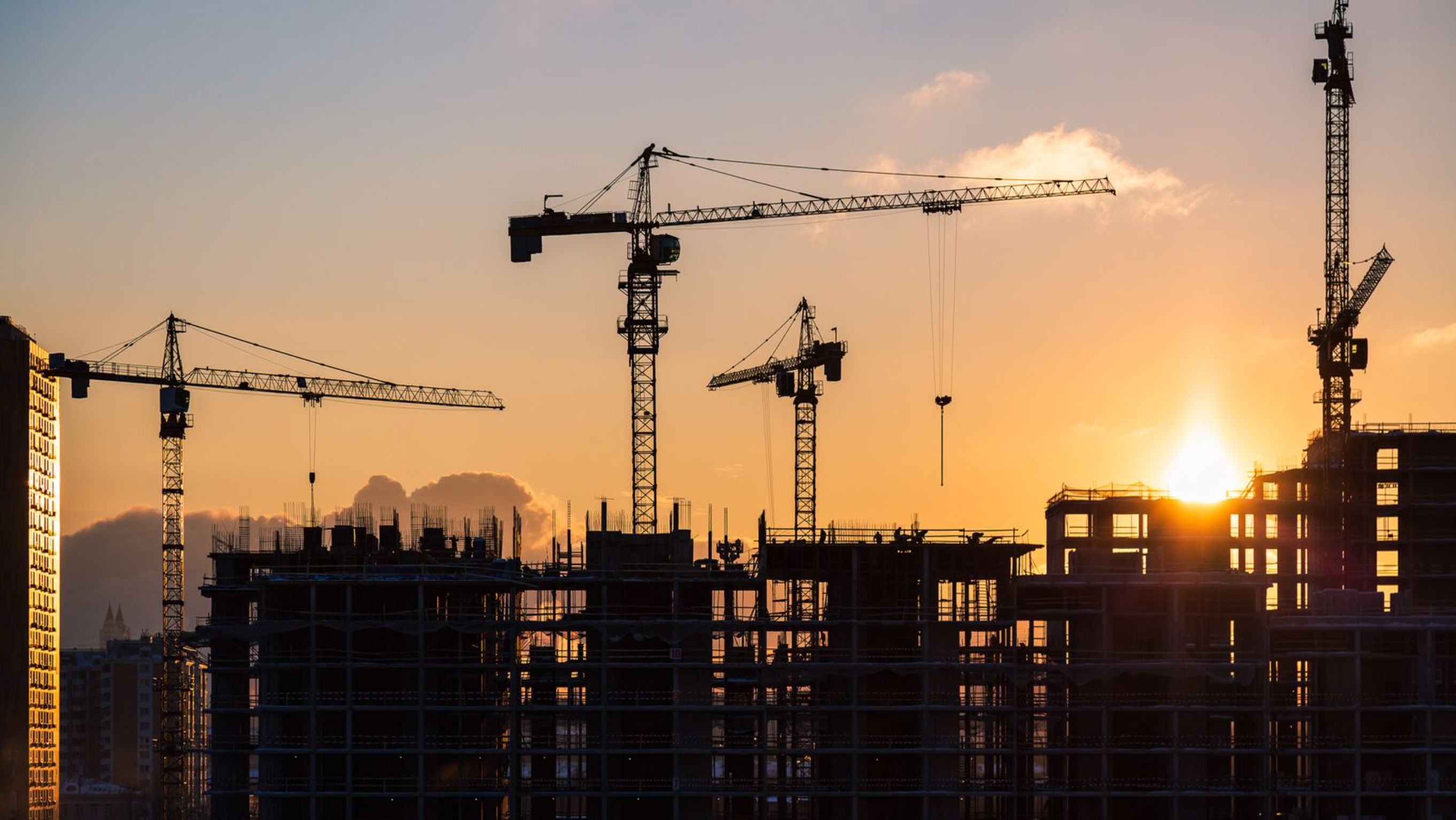Construction Expert Expects Flat Material Prices for Rest of 2023
Originally Published by: Construction Dive — June 29, 2023
SBCA appreciates your input; please email us if you have any comments or corrections to this article.
 Strong nonresidential construction activity is maintaining price pressures on concrete, steel and other key materials, said Chris Delaney, commercial manager in the Americas division at construction consultancy firm Linesight.
Strong nonresidential construction activity is maintaining price pressures on concrete, steel and other key materials, said Chris Delaney, commercial manager in the Americas division at construction consultancy firm Linesight.
After a brief drop in the second half of 2022, steel prices came under renewed upward pressure in the first half of 2023. At the same time, cement prices have also continued to increase in recent months, said Delaney.
Meanwhile, the cost of energy transition and the ongoing scarcity of construction labor will drive additional upward pressure on prices in the long-term. That increase will sustain materials pricing through much of 2024 and 2025.
Here, Delaney talks further with Construction Dive about pricing trends, materials costs and the overall state of nonresidential construction activity.
CONSTRUCTION DIVE: Certain materials prices have shown signs of softening to start 2023. For the rest of 2023, are materials costs expected to continue that downward trend?
CHRIS DELANEY: Overall, current projections are that prices will remain flat for the second half of the year. Raw steel is likely to have peaked in April, and charts show a decrease in May, with further drops expected in June. Demand has waned in the U.S., and we’ve even seen steel mills with idle capacity. Current trends show us returning to the prices we saw in December and January and remaining flat from there through 2023.

Chris Delaney
Of course, prices on certain commodities could go up. Products that require a lot of energy to produce may also become more expensive.
We’re also looking at future risks in the oil market, with OPEC cutting production just as demand rises. OPEC cutting oil production will raise energy costs specifically, which means costlier steel and concrete. Turkey will raise demand for oil and other materials as they recover and look to rebuild after the recent devastating earthquakes.
What are some specific materials we can expect to get pricier within the next year? And can we expect prices to drop on other materials?
Aluminum should stay flat through 2023, though electricity constraints in Europe and China may cause production to come in below projections, tightening supply. Finished steel products, such as plate steel, may suffer a similar fate.
We are in an environment where some prices have been retreating sharply, but third quarter and fourth quarter will likely see minimal changes once prices have flattened out for a few weeks and a baseline is in place.
The Linesight report mentions the broader construction industry should contract 0.9% due to residential sector slowdowns, labor shortages, and interest rates. What is the outlook for commercial projects and institutional projects like hospitals and education?
Adjusted for inflation, the commercial and institutional sectors are expected to grow at a rate of 3.6% and 4.5% respectively in 2023.
Investment in leisure, hospitality, retail, and storage projects will drive growth in commercial construction. Growth in the institutional sector, which covers educational, healthcare, religious, and research facilities, will depend on education and healthcare investment.
What are some other trends you’re keeping tabs on around construction materials prices?
Energy costs have continued to increase in recent months. Combined with the significant growth expected in the industrial and infrastructure sectors, prices on cement will remain elevated by about 3% in the next quarter.
Looking at the big picture, it seems everyone is moving ahead with projects and hoping things get better. On our end, we’re not seeing any major changes in the next few months, barring another major event upending the economy. So, if nothing breaks, there should be no significant changes over the next few months.
